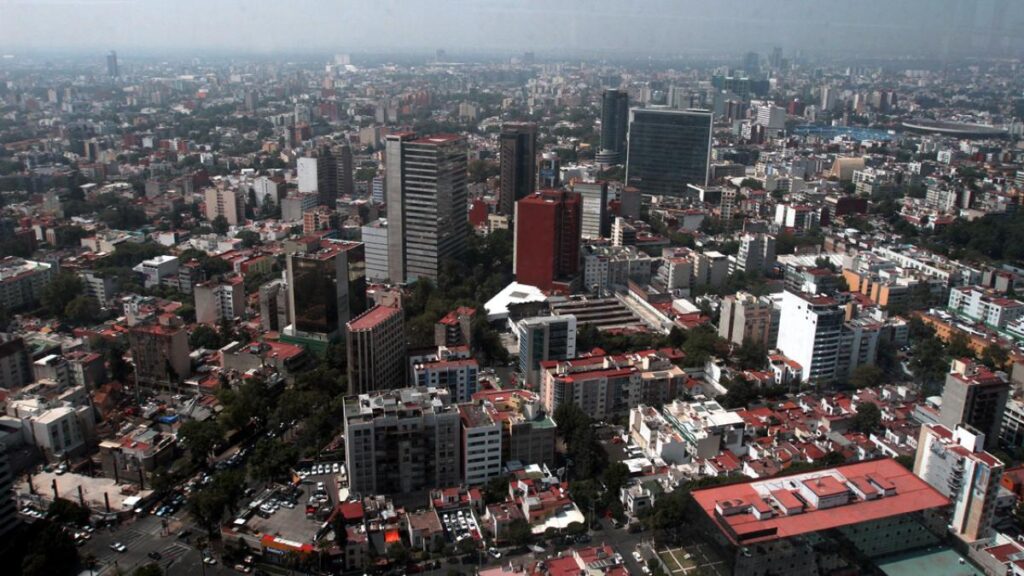Changing Demand for Housing in Mexico City
The housing sector in Mexico is undergoing a transformation driven by demographic and economic changes impacting housing demand directly.
A report by Inmuebles24 reveals that in Mexico City, three-bedroom houses and apartments have lost relevance. In 2022, they accounted for 54% of search queries, but this figure is expected to drop to 45% by 2025.
Growing Demand for Compact Housing
On the other hand, demand for more compact living spaces has increased. Single-bedroom units now represent 18% of total searches, while two-bedroom units remain stable at around 36%.
Inmuebles24 explains that “demographic movements, along with the new compact housing offerings and real estate products designed for couples, singles, or mobile workers, as well as housing prices in the city, explain the reduction in three-bedroom housing searches and the preference for fewer rooms.”
Family Structure Changes
The shift in the housing market is not coincidental. The National Demographic Dynamics Survey 2023 counted 38.9 million households in Mexico, with an average of 3.3 members per dwelling.
The largest percentage corresponded to households of two people (22%). This is a change from 2018, when the largest percentage (22%) had four members. There has also been an increase in single-person households, reaching 14% in 2023 compared to 11.7% in 2018.
This trend towards smaller households, combined with the rising cost of housing in Mexico City, pushes young buyers and childless couples towards more compact and affordable options.
In this context, Inmuebles24 confirms that in Mexico City, two-bedroom apartments face 23% more demand pressure than single-bedroom units, while three-bedroom units are less sought after.
Periphery as an Alternative
While Mexico City focuses on smaller units, the scenario changes in neighboring municipalities and peripheral areas.
The same Inmuebles24 report indicates that in the Valley of Mexico region, three-bedroom properties account for 69% of total searches, confirming that outside the city, families prioritize space.
Given that prices in Mexico City limit options and favor single or double-bedroom units, peripheral areas maintain demand from growing families prioritizing space within their budget.
Key Questions and Answers
- What is driving the change in housing demand in Mexico City? Demographic movements, new compact housing offerings, and rising housing prices are contributing to the shift away from larger homes.
- How have family structures changed in Mexico? The average household size has decreased, with an increase in single-person and two-person households.
- What are young buyers and childless couples looking for in housing? They are increasingly opting for more compact and affordable living spaces due to rising housing costs in Mexico City.
- How does the peripheral housing market differ from Mexico City? While Mexico City sees more demand for smaller units, peripheral areas cater to growing families seeking space within their budget.






